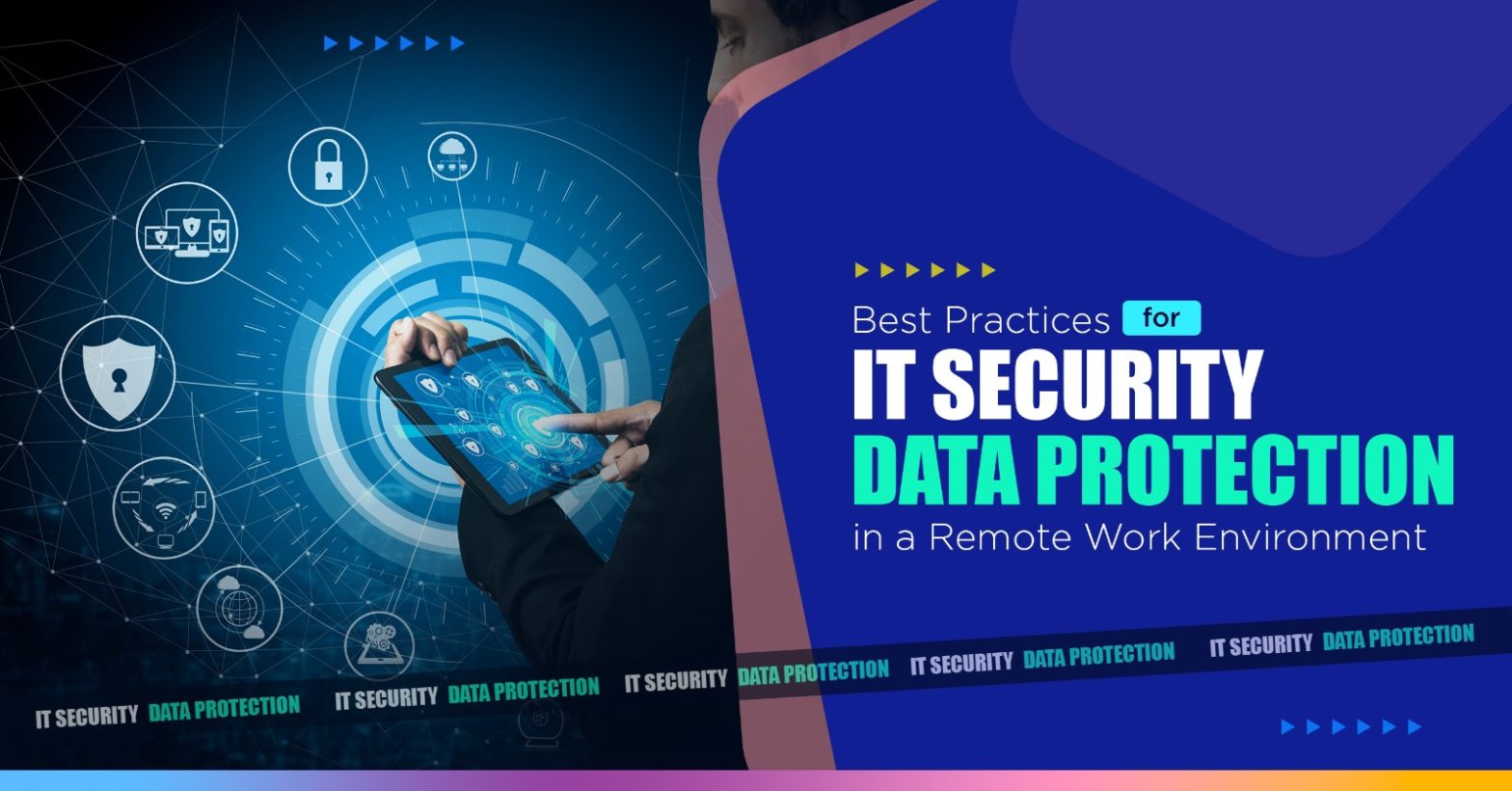Work-From-Home (WFH): Cybersecurity Tips for Individuals
Posted On September Friday 3, 2021

Work from home is no longer an option but a necessity for your business to continue smoothly during the Covid-19 outbreak. However, working through a virtual environment has its own drawbacks, which can lead to serious cyber security problems. So, if your company has transitioned from on-premises work culture to remote work culture, then you need to plan appropriate cybersecurity measures.
According to the stats provided by Forbes, “In 2020, malware increased by 358% overall and ransomware increased by 435% as compared to 2019.” With this rapidly increasing number of cyberattacks, organizations must focus on improving their security measures. At Techcloudpro, being the leading partner of Cyberark Security Services, we help companies plan and implement appropriate security measures to counter cybersecurity risks inside and outside the network perimeter. Our experts do this by analyzing entry points and restricting access to them. These measures help prevent data leaks and preserve the data integrity of your corporate assets.
How Work From Home or Remote Working Causes Cyber threats
Business thrives on data, and this explains why you need to fortify your corporate assets before it’s too late. Cybercriminals are always on the lookout for vulnerabilities that allow them to break into a private network. As most of the professionals are working from home, you lose control over the technologies they use, such as the operating system, application version, or other technologies they use. Especially, if your employees are using their personal computers and not company laptops, there are high chances of getting data breached.
This increases the attack surface and makes the entire network even more susceptible to attack. Since you do not have direct control over your employees, the best course of action is to strengthen the security of your corporate data.
Keys to telework safely
Without a doubt, teleworking has been one of the key points for these attackers. The rapid form of implementation that it has had and the lack of knowledge have been factors favorable to vulnerability.
However, it is never too late to learn a bit about the situation! Thus, here we will reflect on some tips to keep in mind and win the cyber threats around.
Set up Office 365 backup
Many users assume that cloud-based SaaS applications, such as Office 365 are backed up automatically. In reality, this is not the case. Investing in third-party remote backup tools is essential to reduce the risk of data loss when the business starts having people working from home (or even when it doesn’t!). Centrally managed cloud-to-cloud and DR backup solutions are ideal for remote work situations and are especially important since most remote home workers likely don’t have adequate security and data protection measures in place.
Prioritizing Privileged Access Management
Remote work expands the attack surface of an organization, as there is no direct control over the technologies used on the employee’s personal computer. An employee could be using public Wi-Fi, an outdated operating system, or could have unknowingly installed malware on their computer. These vulnerabilities serve as an entry point for attackers to break into your organization’s private network. Therefore, the best way to overcome these potential threats is by prioritizing a privileged access management gateway.
Cyberark’s PAM specializes in the design of zero trust architecture, which imposes restrictions on the different entry points. This type of architecture verifies the authority and identity of each person or device that tries to establish a connection with the network. It helps to ensure activities occurring across the distributed network that are not malicious and, if they are, then enable security operations teams to take quick action.
Strong password rules and multi-factor authentication
Brute force attacks are the most common security threats, which can be launched with the help of a simple application. The application tries various alphanumeric combinations on the target’s account and, in due time, cracks the password and gains unauthorized access. Therefore, it is necessary to establish strong password rules for logins, which can be done through the backend of your website. A strong password makes use of mixed cases, numbers, and special characters. Another solution is to make use of multi-factor authentication, which consists of inserting a code received into the mobile or email account along with the username and password.
Educate employees in computer hygiene
In addition to training employees on how to use communication tools correctly, cyber awareness training should also be offered. Cybersecurity policies should be communicated widely throughout the organization, and employees should be educated on warning signs of a phishing attack, including suspicious attachments, unknown links, and emails from look-alike domains.
End users should also be encouraged to report suspicious attempts instead of ignoring and hiding them. Many employees are not comfortable reporting a potential cyber incident, so open communication about these issues should be encouraged.
Final Words
The cyber security measures mentioned above for work-from-home employees are a snapshot of what an organization must do to protect its network from outside attacks. However, these measures must be properly planned according to your organization’s IT architecture.
At Techcloudpro, we specialize in providing cyber security planning and implementation services to various companies. So, if you haven’t fortified your organization’s network yet, we’d love to be able to help you and do it for you. Try our Privileged Access Security (PAS) & Application Access Manager (AAM) – our support team is available (remotely!) 24/7 at hello@techcloudpro.com.

